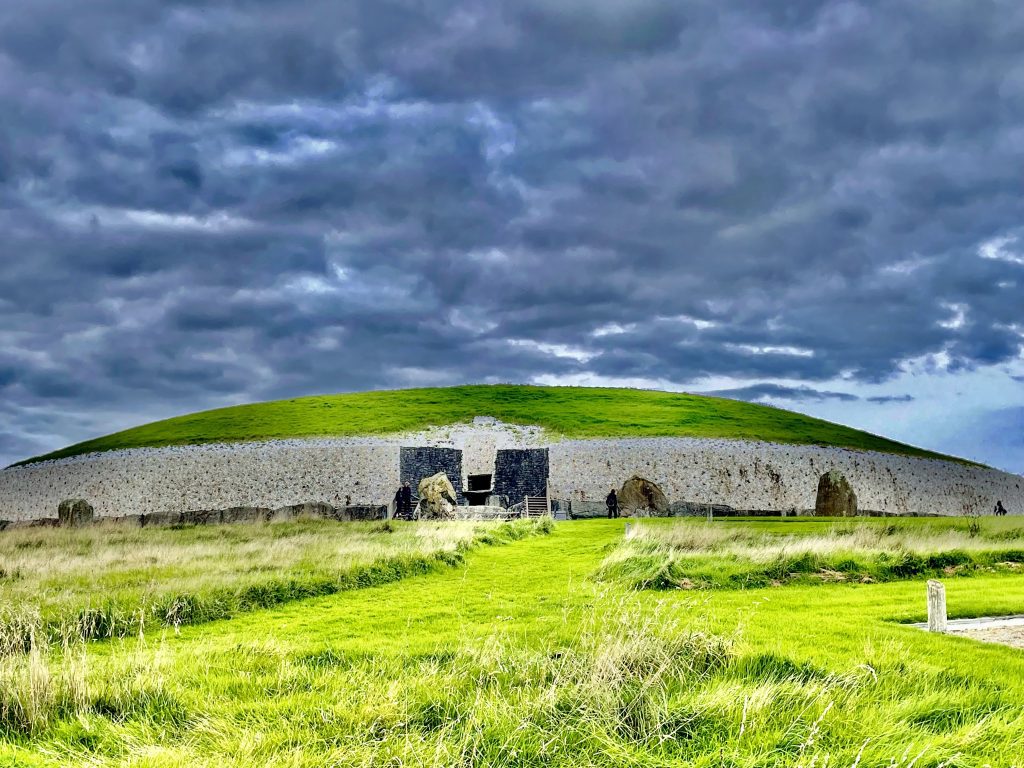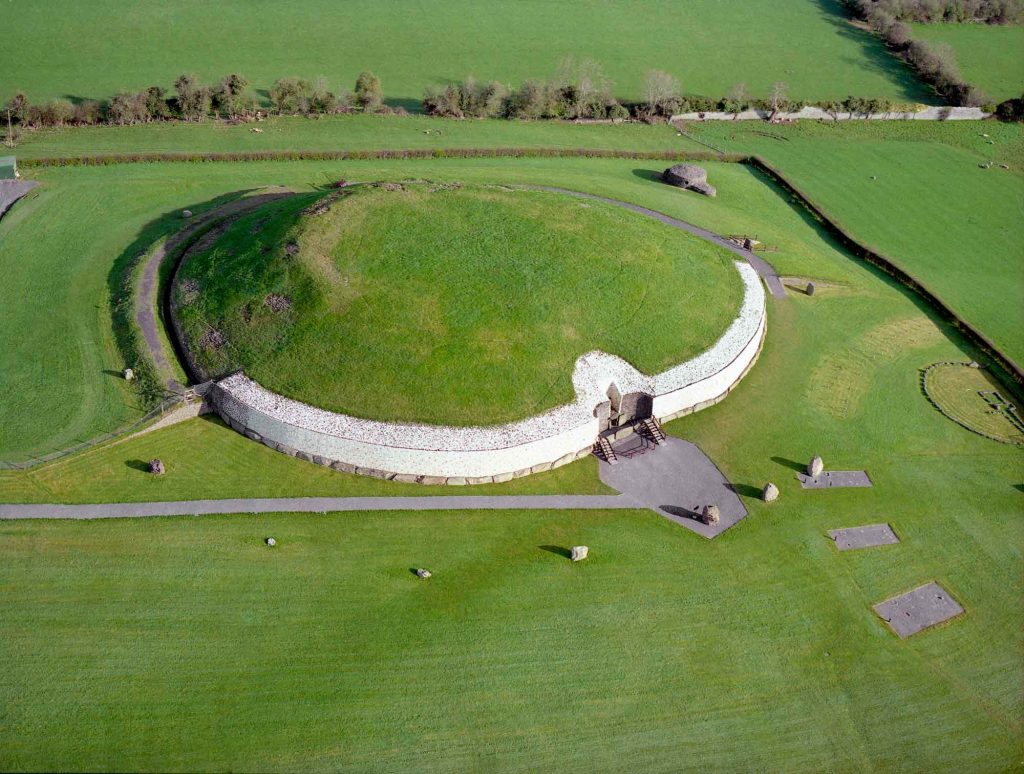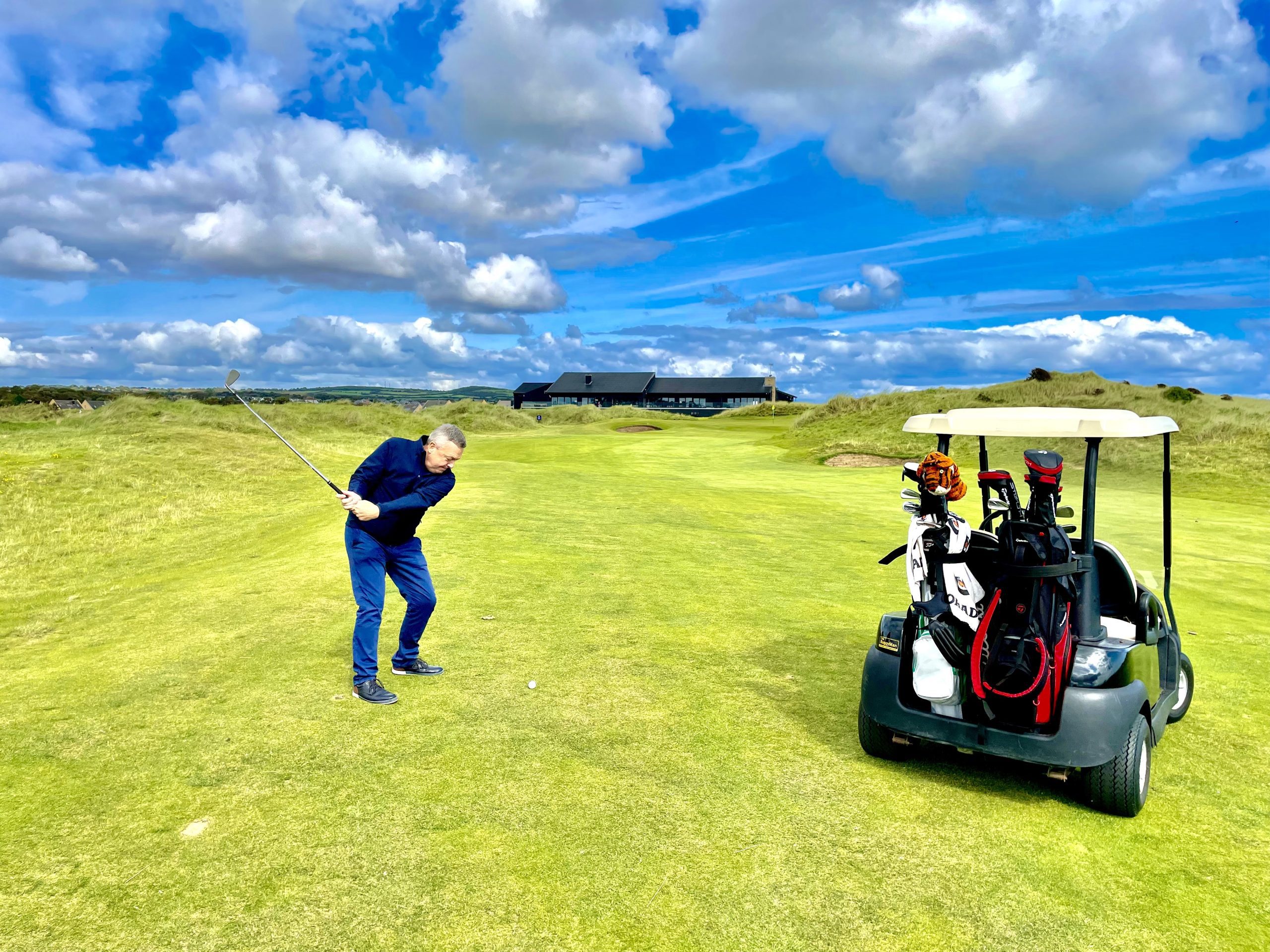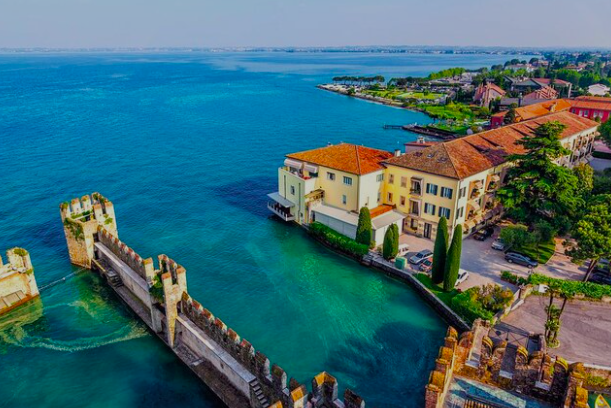I recently dusted off my golf clubs to experience two world-class courses in Ireland’s Ancient East.
It was part of a mini ad-venture during which I visited Slane Castle and its distillery and marvelled at the spine-tin-gling simulation of the winter solstice at Newgrange.
Starting with County Louth Golf Club (countylouthgolf-club.com), a true links course better known as Baltray, I was treated to lessons from the charming – and patient – Sean Kirkpatrick.
At a length of almost 7,031 yards, Baltray is far from short, and we were lucky to get a beautiful sunny day.


At the adjacent Seapoint Golf Links (seapointgolflinks.com) the following morning, my dormant ‘skills’ had woken up and I managed to sink a 15-foot putt on the 18th under the tutelage of Ed Martin.
While not reaching the diz-zying heights my father man-
aged in 1985 when he famously hit a hole in one at Monkstown in Cork, it wasn’t too shabby for a fella whose game could be described as rusty at best.
It comes as no surprise that this area, rich in ancient history and blessed with these lush courses, significantly con-tributes to Ireland’s thriving golf industry, generating over €300 million in revenue an-nually. This year alone, Ireland has hosted several top international tournaments featuring some of the world’s top-ranked golfers, including The Leg-ends Tourat Seapoint, The Challenge Tour at Headfort
in Co Meath and The Horizon Irish Open at the K Club in Co Kildare.
Of course, we’re now gearing up for the biggest golf gig of them all, the 2027 Ryder Cup.
I stayed in the award-winning D Hotel in Drogheda (thedhotel.com), a mere 15-min-ute drive from Baltray and Sea-point. Situated on the banks of the Boyne, the D is super comfortable and perfectly located. Medieval Drogheda, the largest town in Ireland, still has a village feel to it. If Oxford is the city of dreaming spires, Drogheda is its little brother, with seven spires to pick out as you gaze over the view from Millmount. I didn’t get to all the church- es, but St Peter’s in West Street is where visitors can see the preserved head of Saint Oliver Plunkett (1625-1681), the Arch- bishop of Armagh and Primate of All Ireland.
He was the last Catholic to be martyred in England, where he was hanged, drawn and quartered after being found guilty of fomenting revolt. He was canonised by Pope Paul VI in 1975.
In mythology, the Boyne is the river where Fionn Mac Cumhaill caught the Salmon of Knowledge.
I could benefit from eating a fish with that magical gift, but I had more elevated dinner plans that evening at Scholars Townhouse Hotel (scholars- hotel.com) in King Street, a delicious meal prepared by gregarious head chef Dave Kelly.
The sirloin steak was cooked to perfection and came with a mouth-watering pepper sauce, which Dave revealed contained a dash of brandy. The food was paired with exquisite wines chosen by in-house sommelier Eugene Molloy, and I was so im- pressed with his selections that I signed up on the spot for his Austrian wine-tasting evening.
Visiting Slane Castle (slane-castle.ie) was a treat, especially as I had the pleasure of meeting the Earl of Mount Charles, Alex Conyngham, who took me on a tour of the castle and gardens, nestled on a 1,500- acre estate in the heart of the Boyne Valley.


The castle has been re- stored to its former glory since the devastating fire in 1991.
Slane is a famed concert venue, with musical legends including Thin Lizzy, Queen, U2, Bob Dylan, The Rolling Stones and more recently Harry Styles having played there to massive crowds.
The estate is open to the public for tours, events and private weddings, and you can stay in the castle too.
The distillery can be visited on Saturday and Sunday from 12pm to 6pm. Dram lover or not, it’s a delight, topped off with a tot of triple cask Slane Irish Whiskey. I also sampled Slane Cold Brew, a coffee-infused cock- tail, and the River Boyne Fizz. At Brú na Bóinne, the re- markable prehistoric passage tombs of Knowth, Newgrange (older than the pyramids of Giza) and Dowth, constructed around 3200BC, are some of the most remarkable Neolithic sites in the world.
Access to Newgrange and Knowth is exclusively organised through the visitor centre (heritageireland.ie), and there’s a handy shuttle bus service between them.
The 5,200-year-old passage tomb at Newgrange was built by Stone Age farmers.
The mound is 85 metres in diameter and 13 metres high, and a 19-metre tunnel leads into the inner passage where you can experience the fascinating simulation of the winter solstice. We tend to over-
use the term “bucket list”, but this is a worthy inclusion – it’s spine-tingling and life-affirming and something every-body should see.
My two-day whistle-stop tour of just one small part of Ireland’s Ancient East left me feeling invigorated, nostalgic and connected to the past. It also inspired me to
keep the golf clubs in the boot.
PLAN YOUR TRIP
For more information on the many great visitor attractions, restaurants, golf clubs and accommodation options in Ireland’s Ancient East, see discoverireland.ie
Ed’s feature was first published in The Herald newspaper on Saturday Sept 23rd 2023




